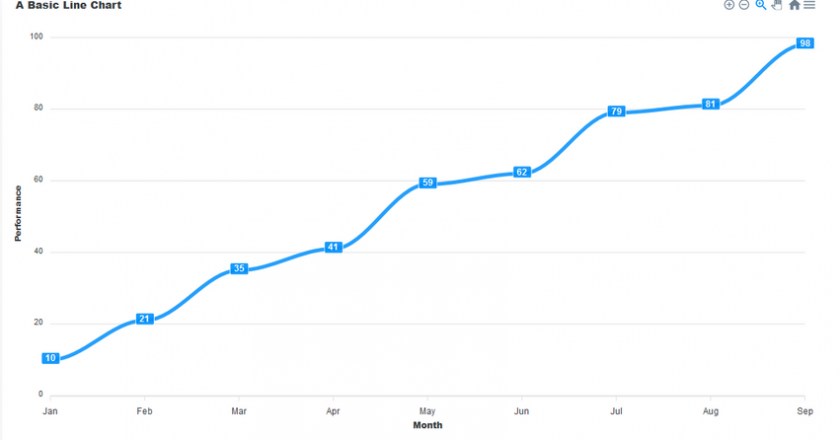Data Visualization With ApexCharts
ApexCharts is a modern charting library that helps developers to create beautiful and interactive visualizations for web pages with a simple API, while React-ApexCharts is ApexChart’s React integration that allows us to use ApexCharts in our applications. This article will be beneficial to those who need to show complex graphical data to their customers.
Getting Started
First, install the React-ApexCharts component in your React application and import react-apexcharts.
npm i react-apexcharts apexcharts
import ReactApexCharts from 'react-apexcharts'
The core components of an ApexChart is its configuration object. In the configuration object, we define the series and options properties for a chart. series is the data we want to visualize on the chart. In the series, we define the data and n...
